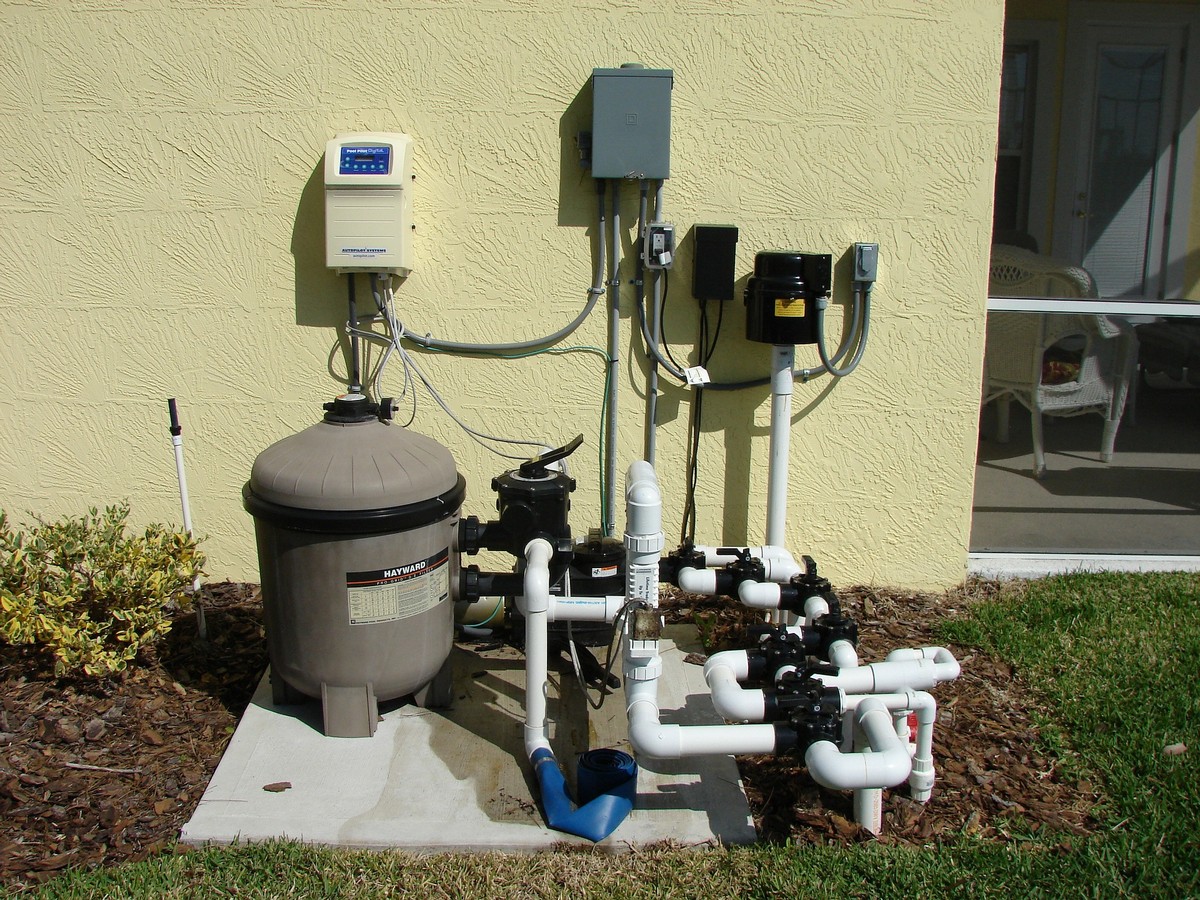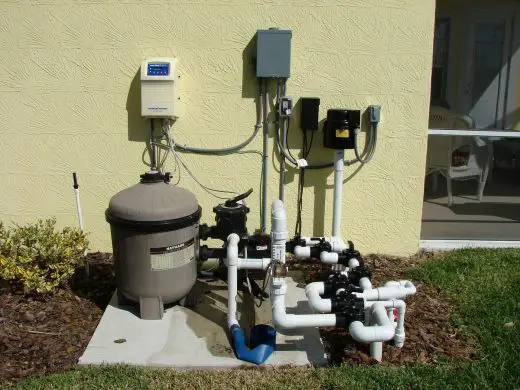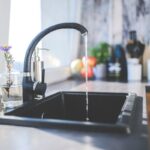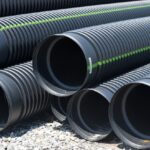Buying under sink water filter for home guide, online home advice, residence tips
What to Check Before Buying Under Sink Water Filter for the Home?
9 August 2021
Tap water in the US is among the cleanest in the world. But it’s not the case for EVERY place.
Things like sewage releases and wastewater may leak into plumbing systems by mistake. In other cases, metals like iron plus chemicals like cyanide and arsenic may cause seemingly safe water to be actually dangerous.
And this is without considering water-treatment processes like chlorine and other pesticides that may infect the water. When those happen, your water may go from drinkable to unusable. And you may not even realize it.
The solution? An under-sink water filter.
It cleans your water from all these contaminants, making it ready for home use right away. Whether for cooking or washing, your water will be prepared.
But of course, you’ll have to learn how to pick the ideal Under-sink filter. Here, we show you how!
1. Consider Your Water Source
If you’re on city tap water instead of groundwater from deep wells, you may be exposed to more chemicals and pollutants. Many under sink water filters are designed to remove these impurities to provide tastier, cleaner, and healthier drinking water for the family.
Having said that, you will only know what your home needs by testing the water first. See what kind of contaminants are reaching your home before you take any decision.
KEY FACTOR: If the water arrives at your home sufficiently clean, you may not even need a filter after all. Testing your water before buying anything could be a great decision.
2. Filter Type
Under-sink filters that use an absorption system, like granular activated carbon (GAC), effectively remove chloramines from a tap or well water source.
This is because they can reduce turbidity by removing particles while also providing an extra barrier against other chemicals/pollutants. Carbon filters allow you not only better taste but also cleaner water overall.
Alongside a carbon filter, you can add a mechanical system, like ceramic water purifiers. Ceramic filters remove pollutants like viruses, bacteria, and protozoa while cleaning the water from bad-tasting residues.
A combination of these two filters, for example, will increase the removal of bacteria and other contaminants EXPONENTIALLY.
Other types worth considering include reverse osmosis (RO) which helps with lead, and the ion-exchange filters useful for arsenic removal.
3. Filtering Stages
An under-sink water filter can be one stage (like a carbon filter). But an excellent under-sink water filter should have at least two stages (carbon + ceramic).
The first stage (carbon) removes all the larger particles and sediments from your water, such as dirt, rust, or pebble-like things you can see in the water. And then, the second stage (ceramic) filters out any chemicals and microorganisms that may be present in the water.
After these two steps are complete, a third under sink filter (reverse osmosis) is optional but recommended for an ultimate cleanse. This would remove anything else left that could alter the quality of your drinking water.
4. Water Flow Rate
The flow rate will tell you how quickly the water will go through the sink.
To be more specific, flow rate refers to HOW MUCH water the filter can handle. Obviously, the more water it can take, the cleaner water that will go out.
Most people will prefer under-sink filter models with higher flow rates so that the sink’s supply is decent (and with no pressure issues). Having at least 2 GPM of flow would be a convenient feature for restaurants or high-use sinks, like homes with many members.
For others, this may be an extreme level of filtration if they typically drink only one glass at a time and don’t really need much pressure. In these cases, an under-sink filter with 0.75 GPM may be enough.
5. Size of the Filter
You wouldn’t pick pants two sizes smaller than what you need, right? The same goes for under sink filters.
This filter will be installed under the kitchen or bathroom counter, so you’ll want to make sure it’s not too big and bulky because that might impede your ability to do dishes or use the sink.
Just like pants, under-sink water filters come in different sizes (and shapes). It is essential to measure what size of under sink water filter you need and what shape fits more comfortably.
6. Maintenance and Operative Costs
Under-sink filters come in all shapes and sizes, as well as with different operative pieces. This may or may not affect how soon you will need to do maintenance and how much it will cost over time.
To be clearer of what you need, ask yourself these questions:
How often do you want to change out the filters?
Some models require changing the cartridge every six months, while others only need to be replaced once per year.
In high-use areas, like restaurants, cartridges may wear out as quickly as once per month.
How much does a new cartridge cost?
This will affect the price of running this filter at home. You’ll want a filter that has either cheap cartridges or very long-lasting ones.
How much will it cost to run this filter at home?
Some filters come with flow restrictors and boiling systems that may reduce the efficiency of your plumbing. As a result, you get increased monthly costs. Make sure the filter you’re choosing doesn’t reduce your home’s efficiency this way.
Get the Ideal Under Sink Filter for Your Home!
These are the most important factors to consider when you’re deciding whether an under-sink filter is worth a try.
In short: Yes, under-sink filters are great. They will make even the dirtiest of water drinkable. And more importantly, you can forget about diseases and other problems.
But that’s only when you pick the right one for your home needs.
Use our advice above to do precisely that. You won’t regret it.
Comments on this guide to What to Check Before Buying Under Sink Water Filter for the Home? tips article are welcome.
Water / Floods Articles
Water / Floods Posts
Help Prevent Water Pollution Guide
Why Does the Shower Curtain Move Toward the Water?
How to Remineralize Reverse Osmosis Water
Building Articles
New Homes
Island Rest, Isle of Wight, England, UK
Design: Strom Architects

photos by Nick Hufton, Al Crow
Island Rest Isle of Wight Residence
Design: Efficiency Lab for Architecture

photograph : Josh Johnson
Telluride Glass House
Comments / photos for the Buying under sink water filter for home advice page welcome






